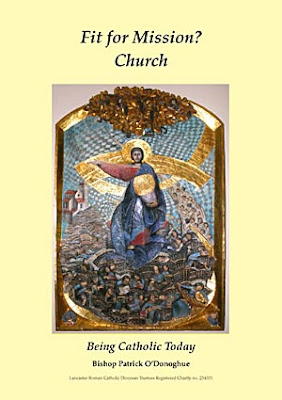
"Migration is a phenomenon which has existed from the dawn of humanity," Benedict told pilgrims from many countries at his traditional Sunday noon appearance. But migration has now become "an emergency," the pope said, noting that many boat people have died trying to cross the Mediterranean to reach Europe from Africa.
The problem "requires effective political responses," Benedict said during his appearance at his summer residence in Castel Gandolfo near Rome.
The pope said he offered his "applause and encouragement" to those trying to grapple with the problem on regional, national or international levels "so that they continue their worthy action with a sense of responsibility and humanitarian spirit."
"A sense of responsibility must also be shown by the countries of origin, not only because their citizens are involved, but also to remove the causes of irregular migration, as well as to eradicate, at the roots, all forms of criminality linked to it," Benedict told the pilgrims.
The pope also urged migrants to be aware of "the very grave risks they run in the search to better their conditions" as well as "the duty to follow the law."
Surveys in Italy show many Italians blame illegal immigrants for crime. Premier Silvio Berlusconi's government, which includes an anti-immigrant party from affluent northern Italy, has been cracking down on crime and illegal immigrants.

















.png)



























